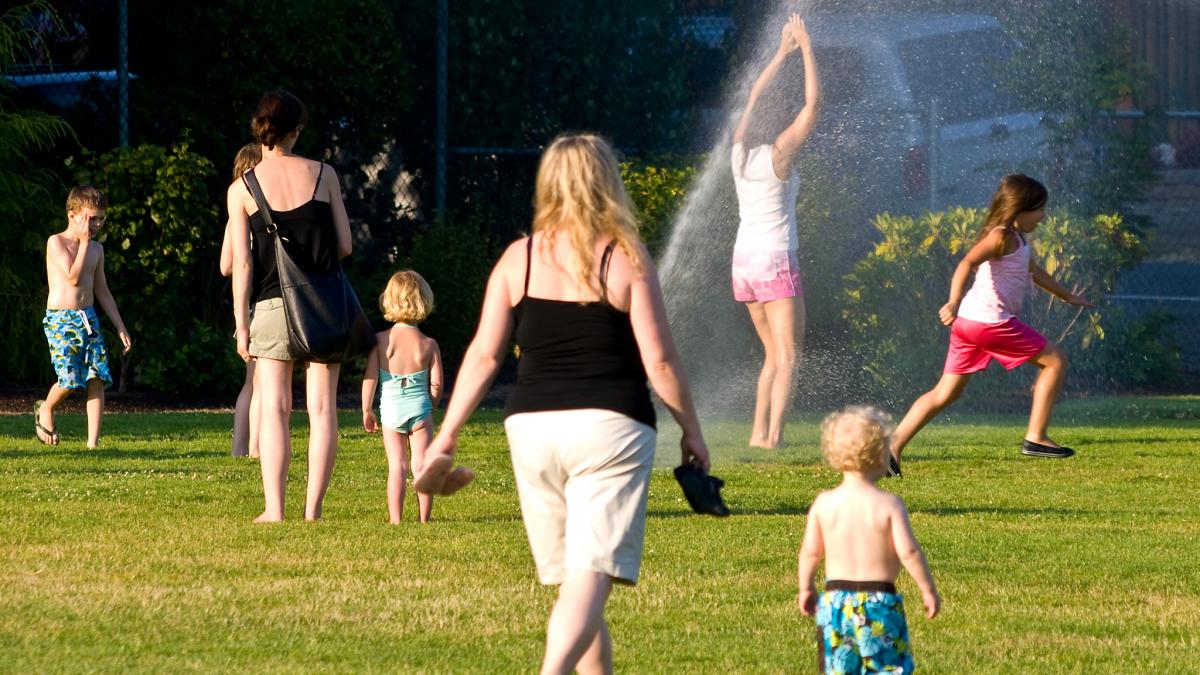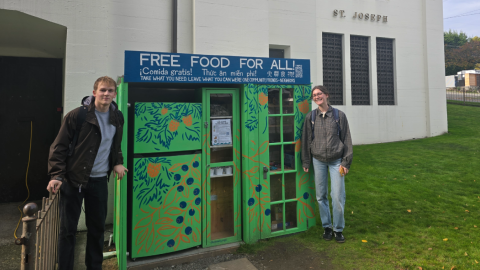The extreme heat wave that hit the Pacific Northwest this summer made news not only for its record-breaking temperatures, but also for the tragic loss of human life.
“People have recognized that this might happen in theory, but I don’t think they expected it to happen,” said Dr. Jeremy Hess in a recent interview with The Guardian. “They certainly didn’t expect it to happen now, and they didn’t expect it to be this bad.”
Hess is a professor in the UW Departments of Environmental & Occupational Health Sciences (DEOHS), Global Health and Emergency Medicine, and the director of the UW Center for Health and the Global Environment (CHanGE).
Extreme heat has recently devastated other regions as well—temperatures in Greece reached 47 ℃ in early August, and Sicily hit Europe’s heat record of 48.7 ℃.

Heat waves propelled by climate change
The unprecedented heat event in North America was “virtually impossible without human-caused climate change,” according to a new study by Kristie Ebi, a professor in DEOHS, Global Health and CHanGE, and international researchers from the initiative World Weather Attribution.
“This study is telling us climate change is killing people,” Ebi recently told the Associated Press. “It will be many months before a death toll can be calculated from June’s blast of heat, but it’s likely to be hundreds or thousands.”
The scientists analyzed current observational data and computer simulations to compare today’s climate with the climate of the past. They note two possible explanations for how climate change made the recent heat wave more likely to occur.
In both scenarios, as warming continues, the scientists predict extreme and dangerous heat waves will be much more common.
Learn more about heat and health

On August 24, Ebi will be featured in the Lancet Series on Heat and Health, including two published articles and a global webinar on the papers’ findings.
This series integrates knowledge from epidemiology, physiology, medicine, climate science, the built environment and sustainable development to help explain how the recent heat wave could impact public health and policy going forward.
On August 26, Ebi and Hess will join Peter Berry, adjunct professor at Columbia University and senior policy analyst and science adviser for Health Canada, for the webinar Climate and Health Rapid Response: Heatwaves in the Northwest. They will discuss emerging impacts to health and health system, the climate science behind the event and opportunities for bolstering public health response.
Preparing to prevent heat-related deaths
While this summer’s heat has been both serious and unexpected, there is also good news: as we mitigate the effects of climate change, we also have the tools to adapt.
“In the United States, heat-related mortality is the number one weather-related killer, yet nearly all of those deaths are preventable,” said Ebi.
“Heat action plans can reduce current and future heat-related morbidity and mortality by increasing preparedness for heat emergencies, including heat wave early warning and response systems, and by prioritizing modifications to our built environment so that a warmer future does not have to be deadly.”




